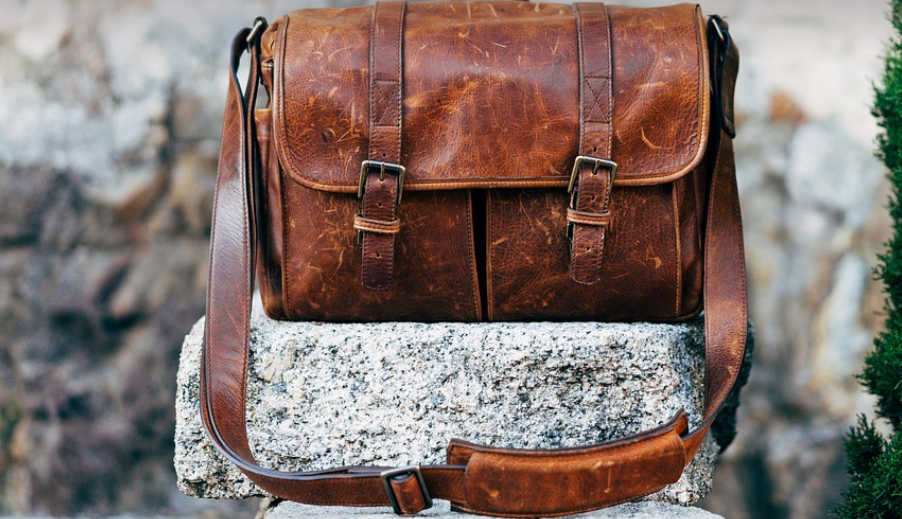A Closer Look at Pit Bull Collar Safety and Training
It’s no secret that pitbulls are powerful dogs, known for their strength, loyalty, and playful nature. But with this unique blend of physical power and emotional intelligence comes a need to manage those strong attributes responsibly. When it comes to training and managing your pit bull, choosing the right collar can play a crucial role in safety, comfort, and overall well-being. While standard collars are often sufficient for everyday use, many owners find they need an extra layer of support when dealing with their pitbull’s exuberance. This is where thick collars come into play, offering advantages that traditional collars simply can’t match.
Thick collars are designed to provide a secure and durable solution for pitbulls. They offer increased strength, making them ideal for pulling situations or walks in potentially challenging environments. They’re often constructed from materials like leather, nylon, or canvas that are strong and durable.
Why Thick Collars Are a Great Choice for Pitbulls
Training your pitbull requires a dedicated approach that prioritizes both safety and effectiveness. A thick collar, when used correctly, can become an invaluable tool in this process.
The Power of Protection
Thick collars offer a sense of security for both you and your pup. This is particularly important when your pitbull is a young dog, learning how to navigate the world with confidence.
When combined with positive reinforcement training methods like clicker training or lure-based reward systems, thick collars can help create positive associations with obedience commands, making it less likely for them to try and escape during training sessions.
A Durable Solution for Active Lifestyles
If your pitbull enjoys a boisterous life full of energy and adventures, then a thick collar might be the perfect choice. Its sturdy build can withstand the vigorous pulling that comes with outdoor activities such as hiking or playing fetch. Thick collars can also help to prevent injury. For example, if your dog pulls against its harness during walks, the extra stability offered by a thick collar can significantly reduce strain on their neck and shoulder.
The durable nature of these collars allows for regular use without needing frequent replacements. Additionally, the added support provided by a thick collar can help to prevent injury, particularly during playful activities where they might get caught on something or pull against other dogs.
Training & Socialization in Action
Thick collars can play a significant role in training your pitbull. When used correctly and consistently, they offer a secure hold that prevents accidental slips or pulls during training sessions. The added security allows owners to focus on positive reinforcement techniques like clicker training, where rewards are given for desired behavior.
Tips for Choosing the Right Thick Collar
Selecting the right thick collar can significantly impact your pitbull’s training and overall well-being. Here are some key factors to consider:
Material: Leather, Nylon, or Canvas
Leather is a classic choice for thick collars, known for its durability and ability to age beautifully with wear and tear. However, it can be heavier than nylon or canvas.
Width and Design: Consider the Dog’s Size
Make sure you choose a collar that fits your pitbull comfortably. A collar that’s too tight can restrict their movement, while one that’s too loose will not provide adequate support for training or daily walks.
Secure Fittings and Adjustments: Ensure Safety and Comfort
Double-check the hardware used in the construction of your thick collar. Well-made collars feature sturdy buckles, quick-release clips, and adjustable straps to ensure a secure fit for your dog.
Additional Features: Training Aids and Extra Comfort
Consider features like extra padding or reflective materials in the construction of your thick collar. If you’re planning on training your pitbull during evening walks, especially in low-light conditions, then a collar with reflective elements can help to enhance visibility for safety.
Embracing Responsibility: A Long-term Commitment
Using a thick collar is just one piece of the puzzle when it comes to raising a well-trained pitbull. Remember that consistent training, socialization, and responsible ownership are essential components in fostering your dog’s safety and happiness.
Training for Success: A Collaborative Journey
Thick collars can be an effective tool when used correctly to promote a positive training environment. It’s important to remember that the goal of training is not just about mastering commands, but also about building a trusting and respectful relationship with your pitbull.
A Word About Safety and Ethics
Always prioritize safety and ethical practices when using thick collars for your pitbull. Avoid extreme punishments or harsh methods of training, as these can damage the trust between you and your dog and potentially lead to behavioral issues.
